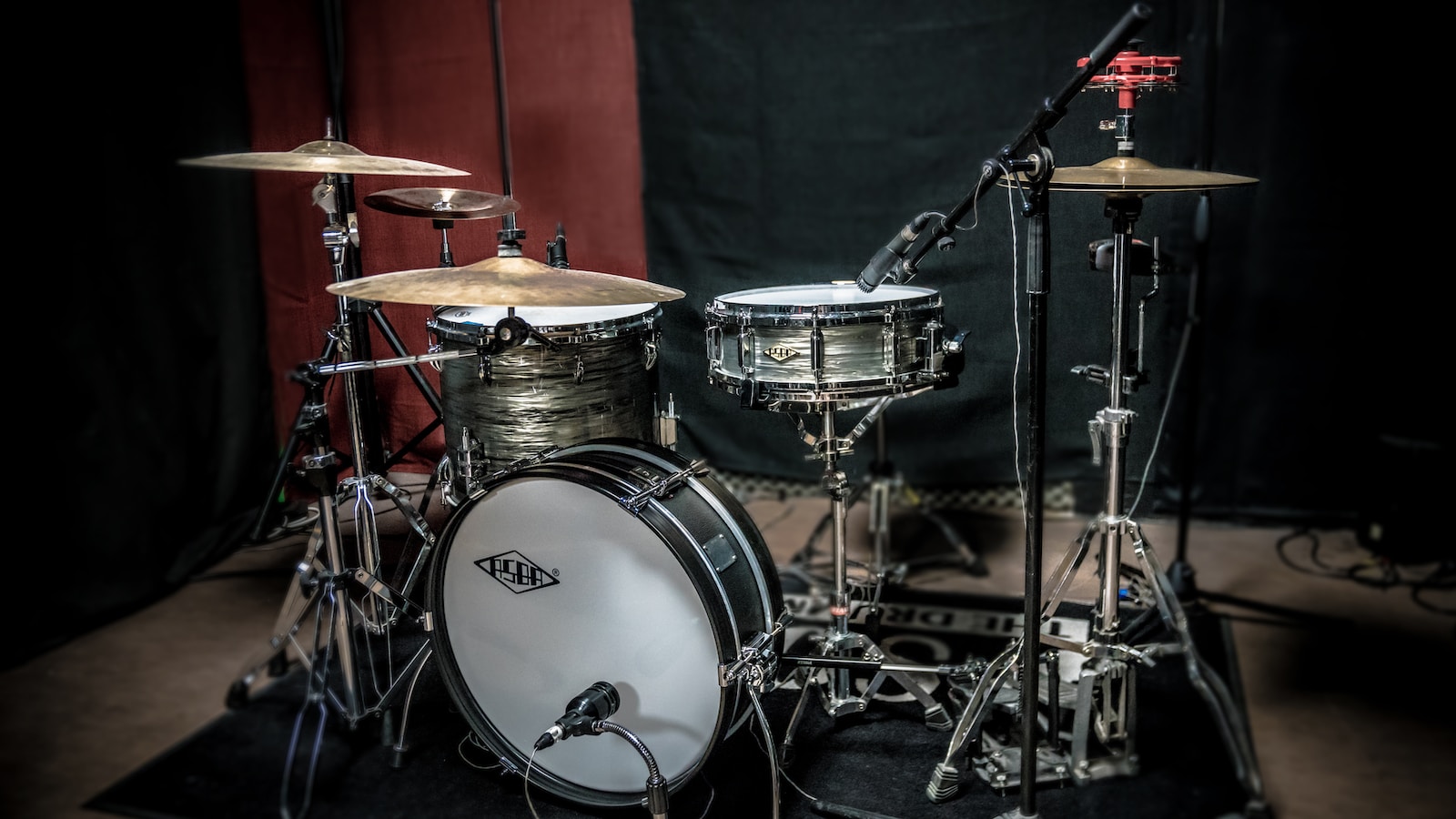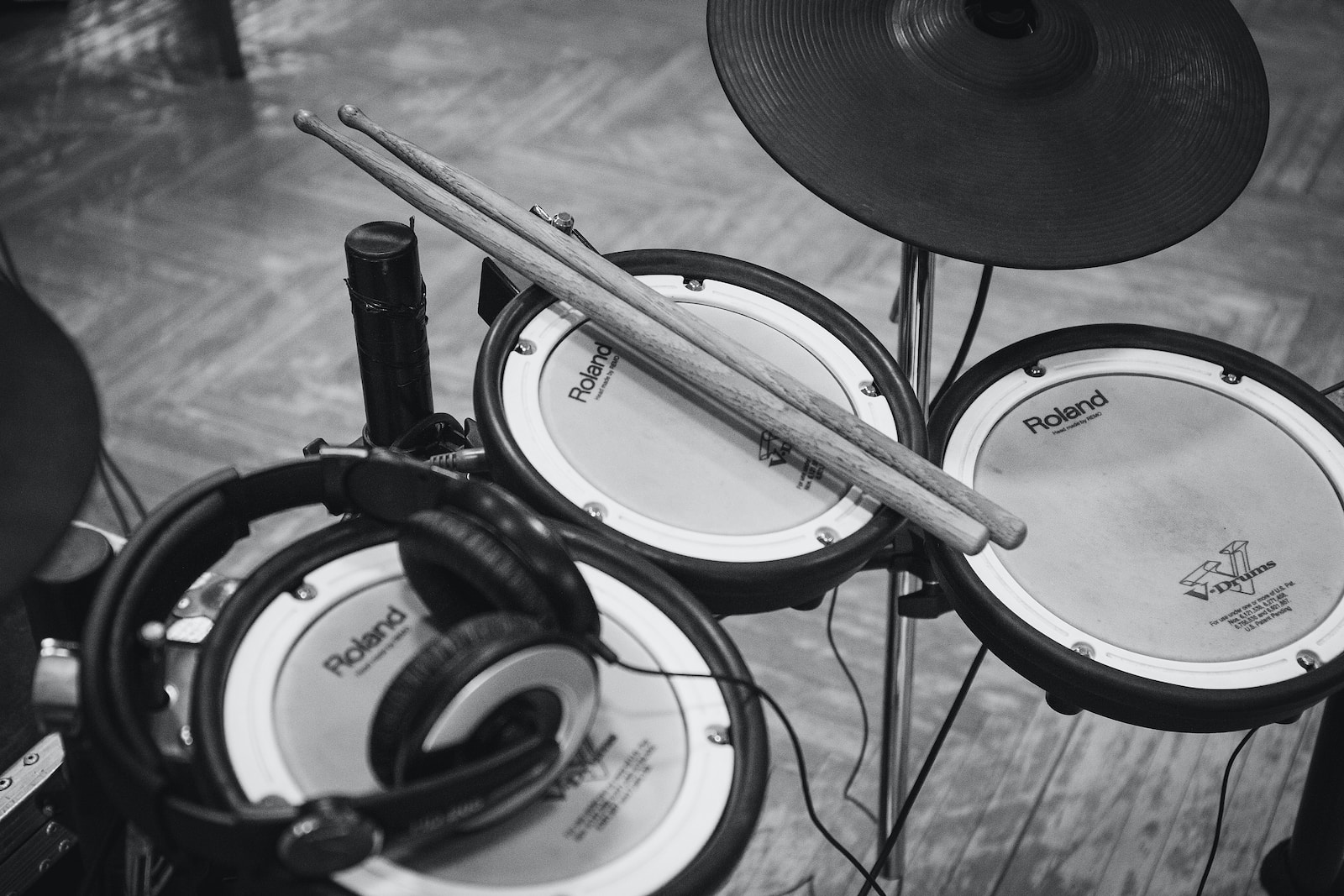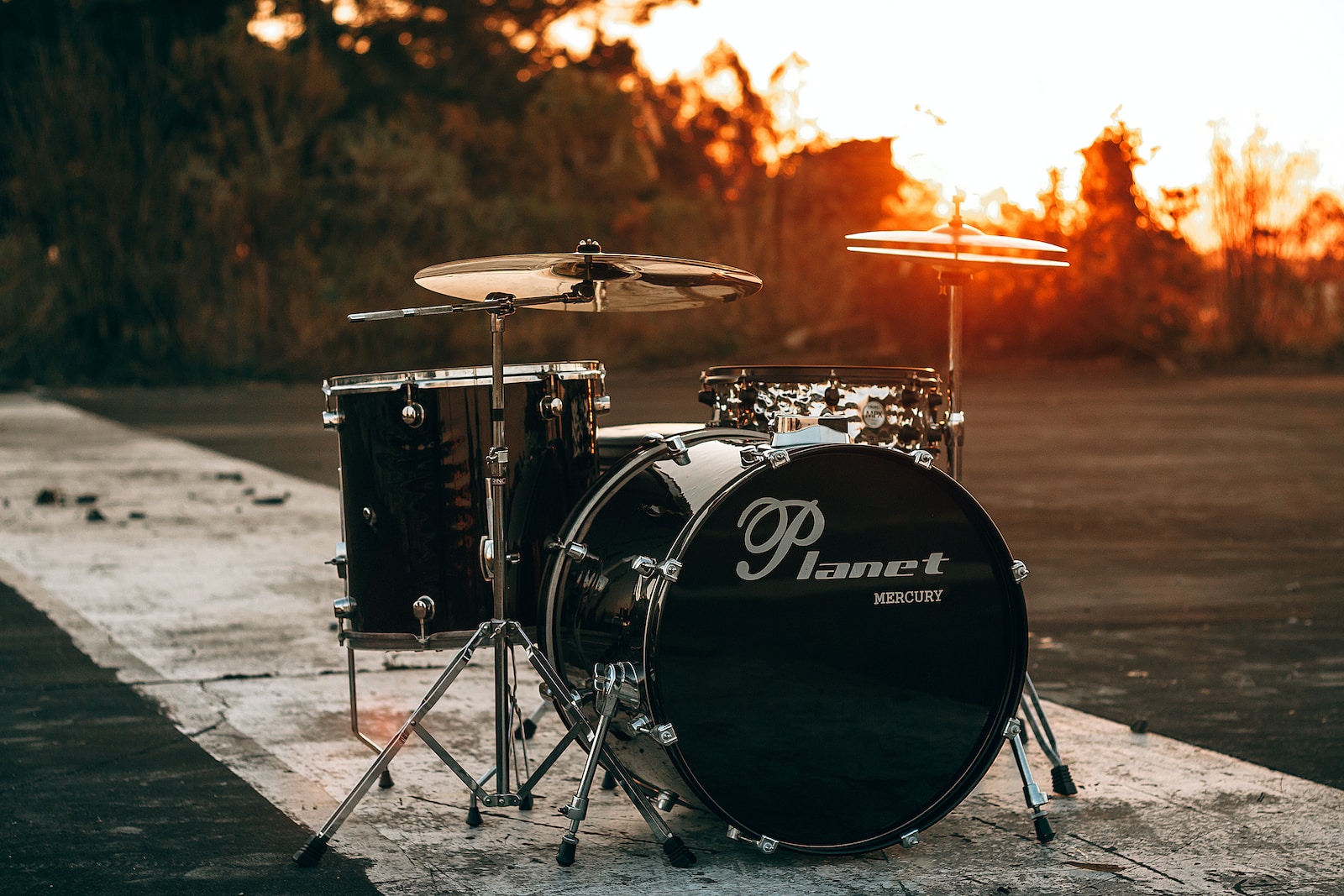
In general, there are main differences between electronic drums and acoustic drums:
- Sound Production: Acoustic drums produce sound by striking a physical membrane (drumhead) with a stick, hand, or pedal. The sound is then amplified by the drum shell and the surrounding air. On the other hand, electronic drums use sensors that detect the player’s touch and trigger pre-recorded or synthesized sounds.
- Volume: Acoustic drums can be very loud and may require soundproofing in some situations. Electronic drums, on the other hand, can be played with headphones or through a small amplifier, making them ideal for practice in small spaces or recording in a studio.
- Portability: Electronic drums are typically more lightweight and compact than acoustic drums, making them easier to transport and store.
- Customizability: Electronic drum kits often come with a range of pre-programmed sounds and the ability to customize and save your own kits. This can be a great advantage for drummers looking for specific sounds or styles. Acoustic drums, on the other hand, offer a more organic and flexible sound that can be manipulated with different drumheads, tuning, and dampening techniques.
- Cost: Electronic drums can be more expensive than acoustic drums, particularly high-end models with advanced features. But the most premium acoustic drums are more expensive than any electronic drums due to the materials and meticulous workmanship involved in manufacturing them. Acoustic drums may also require additional hardware and accessories, such as cymbals, stands, and pedals.

Electronic drums
Advantages:
- Volume control: Electronic drums are designed to produce less noise than acoustic drums, making them an excellent option for drummers who live in apartments or have close neighbors.
- Easy to set up: Electronic drum kits are relatively easy to set up and take down compared to acoustic drums, which require tuning and a lot of hardware.
- Customization: Electronic drum kits come with a wide range of pre-programmed sounds and the ability to create and save your own kits, giving drummers a lot of flexibility and control over their sound.
- Durability: Electronic drum kits are built to withstand a lot of wear and tear, making them a good option for touring musicians or for drummers who play a lot of gigs.
- Recording: Electronic drum kits can be easily recorded, and the sounds can be manipulated and edited in a DAW (digital audio workstation).
Disadvantages:
- Lack of tactile feedback: Electronic drums don’t provide the same level of physical feedback as acoustic drums, making it harder to develop the right technique and feel.
- Cost: High-end electronic drum kits can be quite expensive, and you’ll also need to invest in an amplifier or headphones to hear the sounds.
- Less authentic sound: While electronic drum kits can produce a wide range of sounds, they may not sound as authentic as acoustic drums.

Acoustic drums
Advantages:
- Authentic sound: Acoustic drums produce an organic, natural sound that many drummers prefer.
- Tactile feedback: Acoustic drums provide a physical feedback that many drummers find essential for developing technique and feel.
- Affordable: Acoustic drums can be very affordable, particularly for beginners, and there are many second-hand options available.
- Flexibility: Acoustic drums can be easily tuned and modified to create a wide range of sounds.
Disadvantages:
- Volume: Acoustic drums can be very loud, which can be a problem in certain environments.
- Maintenance: Acoustic drums require regular tuning, and the drumheads need to be replaced periodically.
- Portability: Acoustic drums can be very heavy and difficult to transport, which can be a problem for touring musicians.
- Recording: Recording acoustic drums can be challenging, as the sound can be affected by the acoustics of the room.
So if you’re looking to buy drums, it is important to consider the advantages and disadvantages of both electronic and acoustic options. Electronic drums are ideal for those who need to control volume, want to customize their sound, or require durability for frequent gigging. However, they can be expensive and lack the tactile feedback of acoustic drums.
Acoustic drums, on the other hand, provide a natural and authentic sound, are more affordable, and offer flexibility in tuning and modification. However, they can be loud and require regular maintenance.











































































































